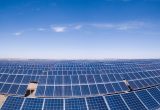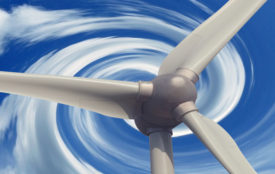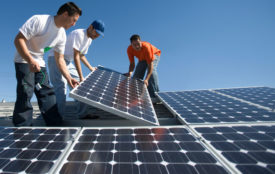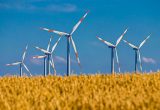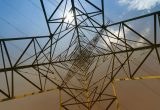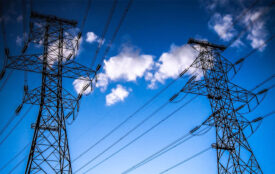BNEF report outlines big expectations for key Latin America markets
In its New Energy Outlook 2017 report (NEO), published earlier this week, Bloomberg New Energy Finance (BNEF) outlines its expectations for energy in the Americas between now and 2040. The report predicts big for the key regional markets Brazil, Chile and Mexico.
In the rapidly expanding economies of Latin America, BNEF expects total electricity generation capacity to grow 66% by 2040, and for renewable sources (including big hydro) to account for the vast majority of new capacity to be added.
Across Latin America, according to BNEF figures, wind and solar currently account for around 4% of generation capacity. This is expected to reach 37% by 2040, by which time around 90% of the region’s electricity will come from new energy sources – including big hydro and nuclear as well as solar & wind.
The New Energy Outlook report goes on to provide further details on the region’s strongest markets; Brazil, Chile and Mexico.
Mexico
Having already produced some of the cheapest bids for solar seen worldwide, Mexico is expected to be a major market for renewables in the coming years. BNEF expects the country’s generation capacity to grow by more than 300%, from 73 GW today to 223 GW by 2040, and for wind and solar to account for 86% of this growth.
While BNEF warns that the number of projects currently in development, combined with slower than expected demand growth will lead to a slump in new capacity by the early 2020s, the outlook for solar is very strong.
“Utility scale solar is poised to play a leading role in Mexico’s clean energy revolution,” says BNEF in the report. “By 2040 it makes up 43% of total capacity. Prices accelerate deployment starting around 2025. From then installed PV more than triples from 8.7 GW to 40 GW.”
Brazil
Solar is expected to go from ‘near non-existent’ in Brazil’s energy mix today, to 104 GW installed capacity by 2040. BNEF expects Brazil to continue its current reliance on big hydro projects – currently accounting for two thirds of installed capacity, although wind and solar will take a lead on new additions.
Brazil’s PV growth will be driven by small-scale installations, set to account for 87% (90 GW) of the 104 GW BNEF expects to see installed, and 42% of total net capacity additions to 2040.
Several new gas projects will be added to meet peak in demand in the short term, however BNEF says gas plants will begin to be decommissioned from 2030, as the country moves toward storage and other grid balancing technologies.
“New sources of flexible capacity, such as batteries and demand response schemes, become critical to the grid post 2030 with the growing penetration of renewables,” says the report. “These represent 7% of capacity by 2040, compared with virtually zero today.”
Chile
BNEF expects Chile to double its installed energy capacity, from 23 GW today to 48 GW, and to flip its energy mix from 57% fossil fuels today to 58% renewables in 2040.
PV will represent almost two thirds of this growth, jumping from 1.6 GW in 2016 to 19 GW by 2040, on a pretty even split between utility-scale and small installations, responsible for 6.9 GW and 7.1 GW respectively.
“From 2026, solar begins to dominate, says the NEO. “Of the 18 GW added, small scale PV makes the greatest impact, as consumers and businesses increasingly choose to offset retail price tariffs.”
Source
pv magazine | Mark Hutchins 2017 | More articles from Mark Hutchins

